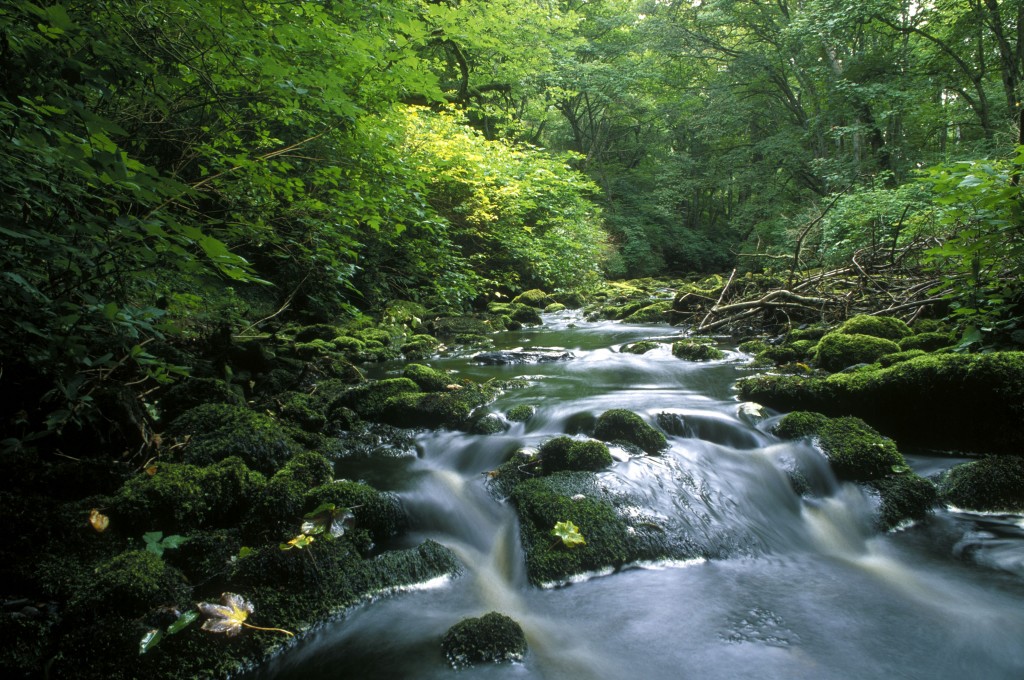
Woodland Recording Project
NATIVE WOODLAND RECORDING PROJECT
The purpose of this project is to record the surviving fragments of native woodland in Caithness and to monitor their condition.
At the end of the last glaciation the retreating ice exposed a land devoid of plant life. The landscape of Caithness consisted of areas of rock scoured bare by the ice as well as deposits of gravel, stones and clay left by the melting glaciers.
Plants soon arrived through seeds carried by wind and birds and they included pioneer tree species such as birch and hazel. The tree we now call Scots Pine reached Scotland about 9,000 years ago and formed extensive pinewoods in central Scotland. This Pine Province, as it is known, extended to a little north of the Great Glen where it gave way to the Birch Province. The Birch Province declined as it approached the far north. Here the harsher climate restricted woodland cover although the remains of ancient trees in peat deposits (for example those exposed from time to time under the sands of Dunnet Bay) show us that there were periods when substantial trees grew on the north coast. Caithness at that time probably had extensive broadleaf woods in all the river valleys while the higher ground was tundra-like with areas of scrub species such as juniper.
About 4,000 years ago the climate became wetter. The land became blanketed with peat and woodlands declined. Later, human activity began to take effect through the grazing of domestic animals. The trees retreated to crags and sea cliffs inaccessible to grazing animals and places where the slope of the land slowed the formation of peat. In the post medieval period some tree planting began and the policy woodlands of some estates probably took in remnants of native woodland, aiding their survival.
Important remnants of the native woodland of Caithness do exist today. Extensive native woods are confined to the straths of southeast Caithness but fragments still grow in many other locations. There are even aspens on the sea cliffs of Dunnet Head and Berriedale where they are beyond the reach of encroaching peat and grazing animals.
From 2006-2013 Forestry Commission Scotland undertook the Native Woodland Survey of Scotland in order to establish the first authoritative picture of Scotland’s native woodlands. Woods having an area greater than 0.5 hectares were surveyed and recorded. Because many of the surviving fragments in Caithness are less than 0.5 hectares – some consist of only a few trees – they were not included.
The object of this project is to record all remnants of native woodland in Caithness, however small. By October 2016 over 20 locations had been identified and recorded. Some are in very remote places many miles from any other trees. There are also places where the composition of the plant communities indicates that there was once woodland there. There are undoubtedly more remnants to be found.
- The list of woodland fragments and surveys done is available here
- A note on the types of woodland expected in Caithness is available here